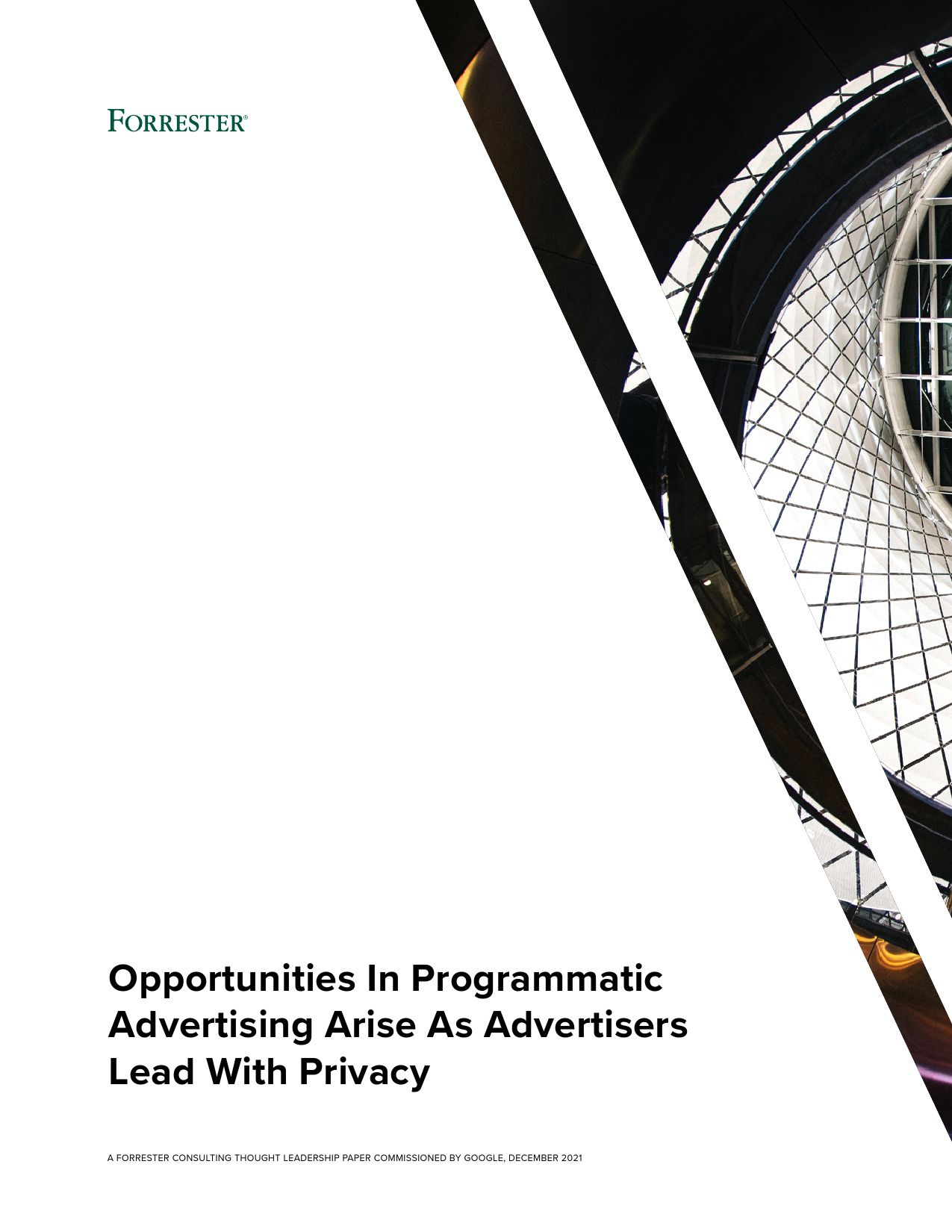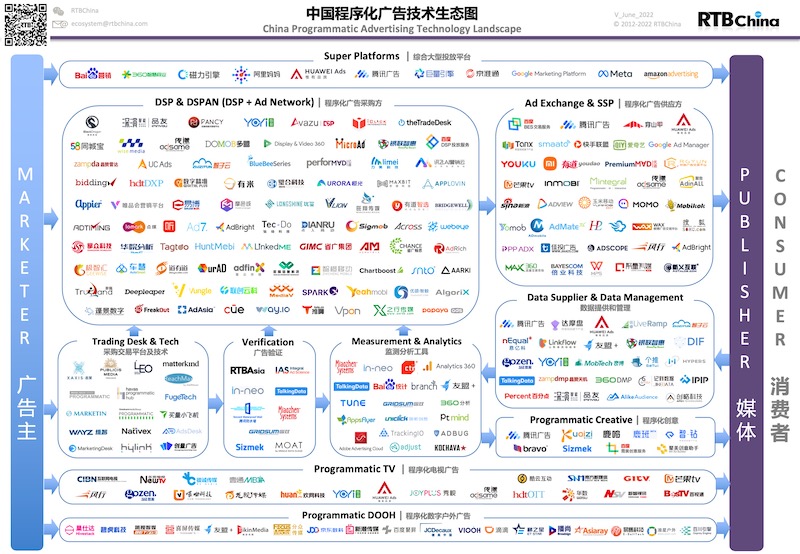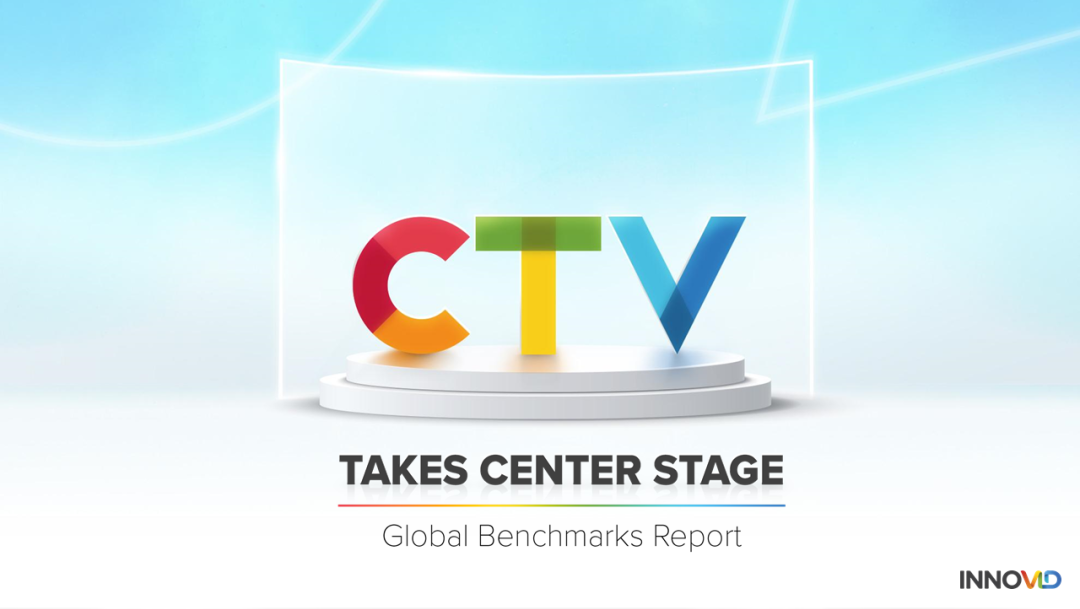Everyone says they have a great software solution but I have not seen one that really eliminates the risk efficiently. A lot of the software providers give you informations after the delivery when the damage is done. The ones that read it real-time let a lot of bad stuff through as url-reading and contextual keywords against a blacklist are not enough. As a buyer you still have to vet inventory sources manually and do regular spot checks.
2. Driving campaign performance with the help of data
Audience buying is a big buzz right now but we have seen a lot of disapointment around buyers that buy expensive user profiles and set high bids against those for real-time bidding and do not get significant better performance. It seems to me that some of the user profiles that have been cookie-mapped from data providers and data exchanges are being sold at over-inflated prices as the market has not yet established real prices (due to a lack of liquidity and transactions.) What tends works better right now is simple re-targeting against a really clean cookie pool but scale is limited and this strategy is becoming commoditized quite quickly as many buyers are trying it for the same advertiser and de-duplication issues around conversions arise.
3. Publisher exclusions and inventory availability
The market is still in its infancy and a lot of well performing and brand safe inventory is not available through ad exchanges because the publisher has limited its exposure (either completely or partially by excluding a lot of advertisers). This tends to be a bigger problem the smaller the market (country) is, i.e. Europe vs the US.
There are a whole set of smaller, operational issues surrounding real-time bidding like latency, inefficient bidder algorythms, cookie syncing, etc. but I think these will go as the market and the related technology matures.
The good news is that the eco system is developing rapidly and that some of the benefits of ad exchanges are becoming more obvious to a wider audience of media buyers.
Sep 17, 2010
 RTBChina
RTBChina






